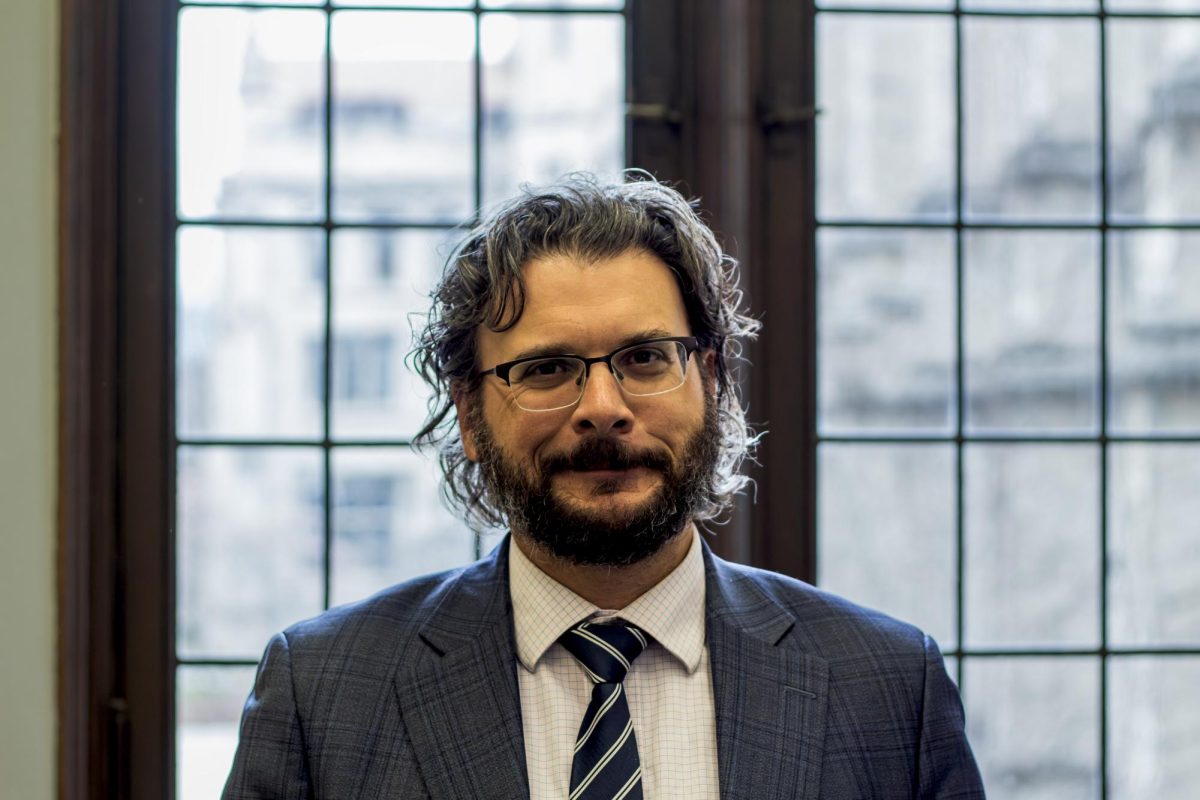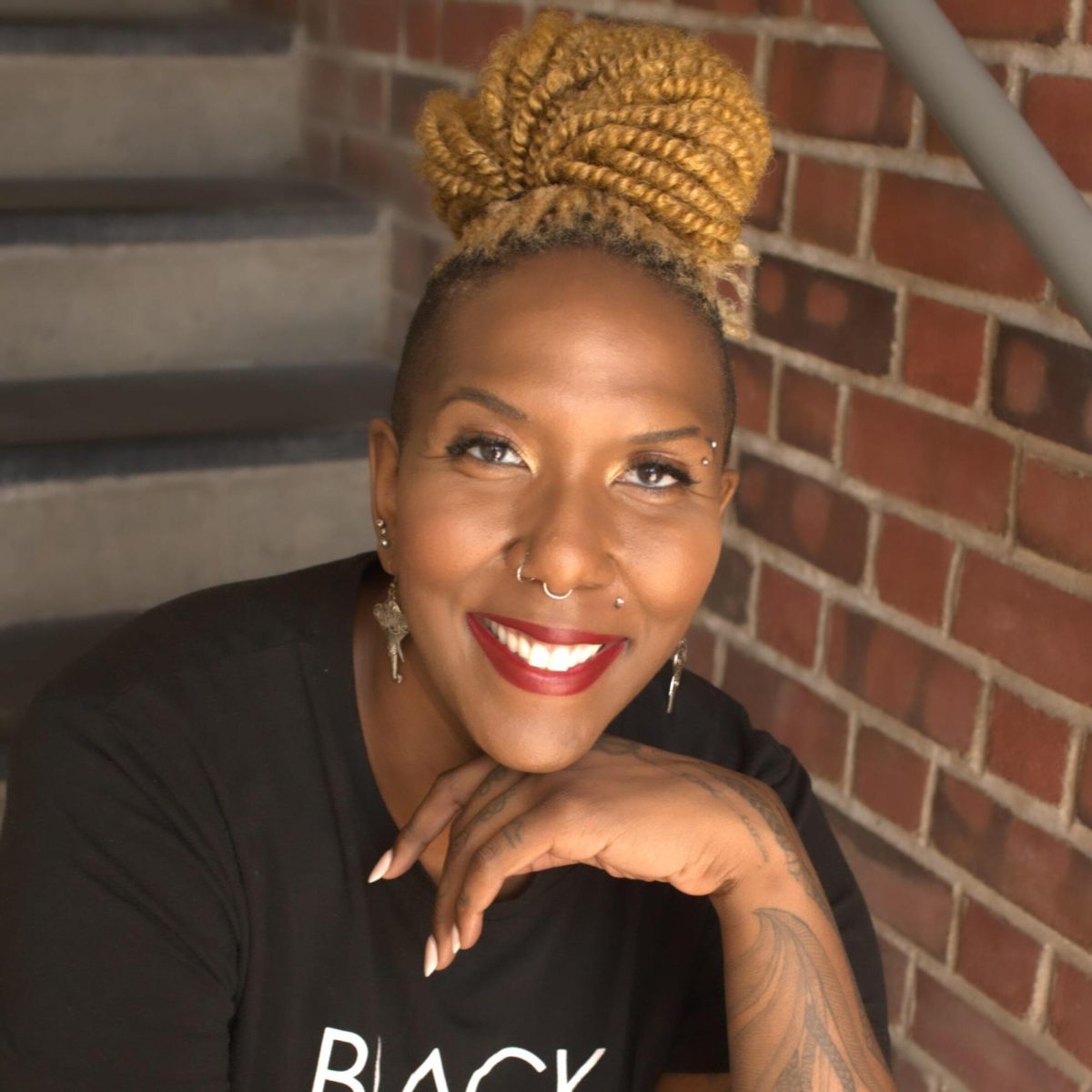Following recent trends of urban revitalization seen in Bronzeville, Woodlawn has been experiencing a dramatic influx of new housing development. While this promises to usher in an era of prosperity to the historically problem-ridden community, many longtime residents are concerned that new housing developments will drive up their taxes and potentially drive them out of their neighborhoods.
Jeane Clark leads a block club on Rhodes Street in west Woodlawn. Although most of the new developments have been in east Woodlawn, to the east of Cottage Grove Avenue, Clark said that she and other residents have been feeling the effects of new development.
“Right now we’re paying about $1,500 to $1,700 per year…for our housing taxes,” she said. “In 1998 we were only paying about $800. So it hasn’t yet gotten to the point … where it’s unmanageable, but it’s getting close.”
According to Clark, houses in west Woodlawn previously “couldn’t get an appraisal above $80,000.” Now, however, those same homes are selling for more than $160,000 on the open market.
West Woodlawn resident Yvonne Frazier said she has gone to the city assessor’s office to protest the increases. Although financial compensation is not available in every instance, Frazier mentioned she received a reduction one year.
Frazier expressed concern about the future of Woodlawn.
“West of Cottage Grove there’s a lot of land to be developed, and I don’t really know what’s going to happen to it or how it’s going to affect us,” she said.
Arvis Averette, supportive services coordinator of the nonprofit Woodlawn East Community and Neighbors (WECAN), predicted that as east Woodlawn develops residentially and economically, considerable disinvestment and financial burden will be imposed upon west Woodlawn.
“Most of the poor who can’t afford to live in the east will probably go to the west or the south suburbs,” he said. “Although no organization will claim that they don’t want housing for the poor, they often have differing ideologies as to how to get it. Often the reality of the situation doesn’t allow it.”
Though many of the newer homes are sold at market value, the opportunity to acquire subsidized housing does exist.
Averette included WECAN among the three main developers of moderately priced housing Woodlawn, along with the Woodlawn Organization and its subsidiary, the Woodlawn Community Development Corporation, as well as the Woodlawn Preservation and Investment Corporation (WPIC).
“I want to give poor people the opportunity to be part of the middle class and to stay in Woodlawn,” Averette said. “I welcome new housing developments as part of community redevelopment, but I just think we need to find a way to make the poor of this area part of the middle class.”
WPIC Executive Director Karl Bradley said that he does not anticipate the appearance of demarcations between rich and poor that occurred just south of downtown in Bronzeville.
“There will be pressure to maintain affordable hosing stock to reduce the level of conversion of condominiums,” Bradley said. “But you’ll also see new construction of houses that favor the market over $200,000. So we’ll have groups that hold portfolios of moderately priced housing but not to the extent that you see in other neighborhoods.”
Bradley also mentioned the increase in housing developments between 63rd Street and 67th Street and acknowledged the growing demand for modern housing.
“The two-flat and three-flat area of Woodlawn where housing stock has been consistent has been filled within the community,” Bradley said.
In response to tax increases experienced by longtime residents, Bradley agreed that their complaints “have a lot of credence.”
“It’s very threatening when you get a bill in front of you, and your house hangs in the balance,” he said. “In some cases, solving the problems just amounts to taking advantage of the solutions available to you from the city.”
WPIC owns 590 subsidized units outright and 291 additional units through partnership with other organizations.
Fifty-year resident Lorne Love, whose family was one of the first black families to move to the Woodlawn area, expressed doubts that the situation will resolve itself for most people.
“I was part of the first major urban renewal project of Chicago. My family was forced out of the Bronzeville area by the city and by New York Life Insurance Company, and then we moved to Woodlawn,” she said.
Love, who is a co-founder of a small elementary school in Woodlawn and is involved with the nonprofit group Woodlawn Development Associates, recounted witnessing the devastation of the neighborhood by gangs in the ’70s and ’80s, after Woodlawn was transformed into an all-black neighborhood from a nearly all-white community in the ’40s.
“I don’t know what happens to African-American people who have very little to say about where they live and work,” she said. “We’ve just been pushed out. Since we don’t control housing it may look like we’re just tearing down the projects.”
West Woodlawn resident Valerie Tucker, who is part of the same Rhodes Street block club as Jeane Clark, emphasized the importance of neighborhood strength in keeping the community intact.
“We’re concerned about keeping our houses up and keeping our community together,” she said. “Our block always holds events to bring neighbors together. We really operate like a family. If we see someone’s kid doing something they’re not supposed to do, we let them know about it and make sure they don’t do it again.”
Although she lives on the west side of Woodlawn, Tucker said she remembers the deterioration of the east side and hopes the west side won’t suffer something similar as housing prices and taxes soar.
Clark mentioned that “some residents will survive and some won’t.” Although she doesn’t know of anyone yet who has had to move away from Woodlawn, she said “inheritance of homes is tough.”
“The city of Chicago has one of the best tax subsidy programs there is,” she said in referring to compensations the city makes for tax increases.
Love is not nearly as optimistic.
“One just kind of has to laugh at what happens, in order to keep from crying,” Love said. “This is not a system or society that has made a total commitment to reversing things that have happened to people of African-American descent.”
Regardless of the opinions of residents, housing development and revitalization efforts push forward. Sutherland and Pearsall, one of the Chicago developers active in Woodlawn, has completed and sold approximately 25 units and has plans for another 30.
“Right now we completed and sold 6225 South Kenwood, which was a six condominium building, and another one on Woodlawn,” said Mark Sutherland, co-partner of the developing corporation. “Condominiums have gone from $175,000 to $215,000 and the townhouses have gone for just under $300,000.”
Sutherland said that his group demonstrated to the city that they were going to sell quality homes at affordable prices in order to “entice the city to sell the land.”
“Negotiations with the city are always smooth, but it takes time,” he said.
Other plans for development are being undertaken by the Woodlawn Organization. Director of Resources and Planning Eve Earles said their Woodlawn Community Development Corporation subsidiary is involved in building a series of open-market homes on 63rd Street.









